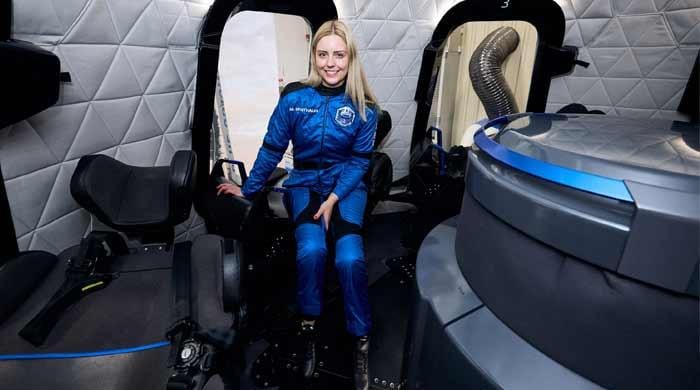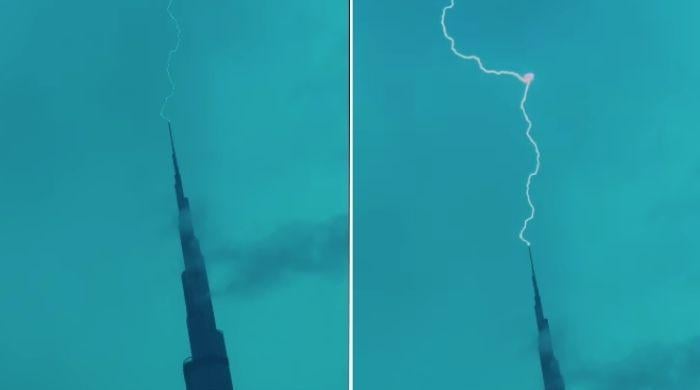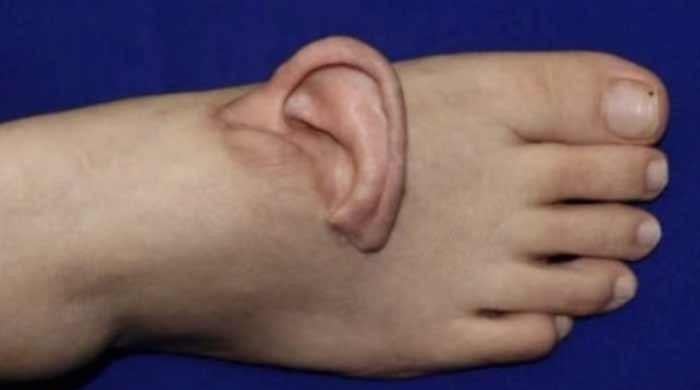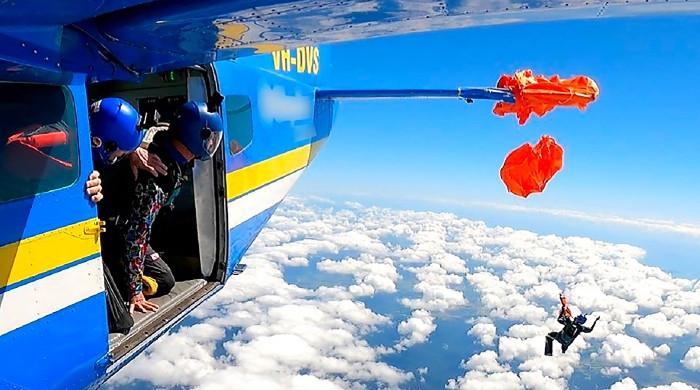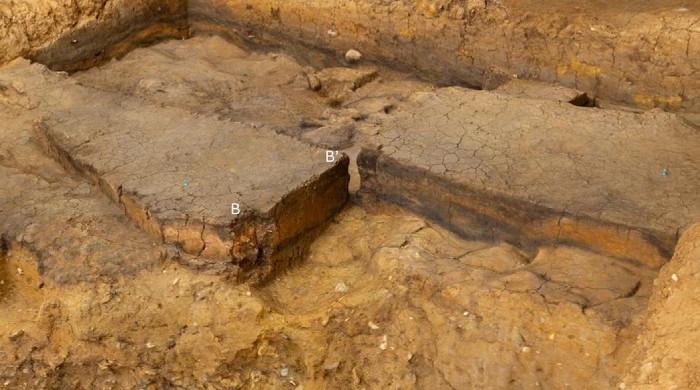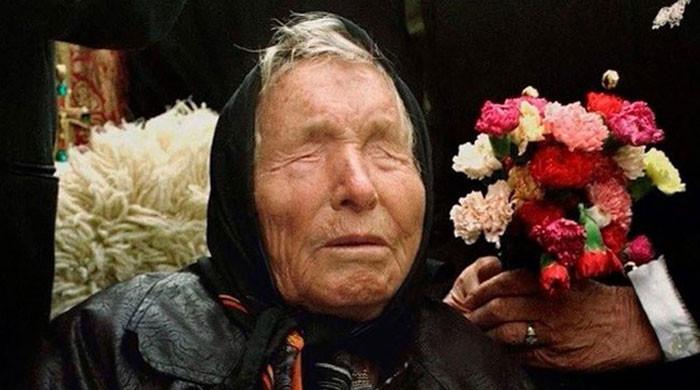4,700-year-old plaza stuns archaeologists in Peru
Team lead Jason said monumental plaza likely served as gathering place and ceremonial hub for early denizens of Cajamarca Valley
February 17, 2024
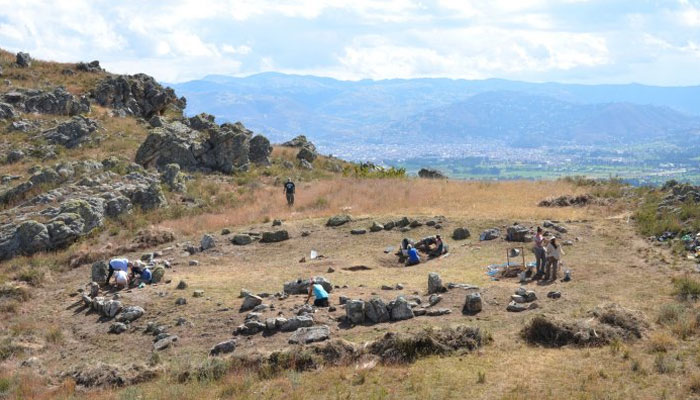
Have you ever wondered about the echoes of ancient civilizations, hidden beneath the layers of time?
A team of archaeologists, spearheaded by Jason Toohey, has unveiled a 4,700-year-old megalithic plaza atop a mountain in Peru. This remarkable structure, discovered during extensive excavations at the Callacpuma archaeological site, stands as a testament to the ceremonial practices of a long-forgotten community.
The Callacpuma site, nestled in the scenic Cajamarca Valley, has been a focal point of archaeological exploration since 2015. The team's efforts, spanning until 2022, brought to light an extraordinary plaza adorned with large upright stones forming concentric circles. This discovery offers a unique glimpse into the cultural and spiritual landscape of the ancient inhabitants who once thrived in this mountainous terrain.
Archaeologists, meticulously examining the plaza's features, identified a circular interior with two to three enclosed rooms, suggesting a controlled space with limited entrances. According to Jason Toohey, the lead archaeologist, this monumental plaza likely served as a gathering place and ceremonial hub for the early denizens of the Cajamarca Valley.
Diving deeper into the heart of the plaza, excavations unveiled a treasure trove of artifacts, including pottery fragments, "cuplike vessels," quartz crystals, and carefully stacked bowls. The arrangement of these bowls, strategically placed to close one of the entrances, hints at formal ceremonies marking significant events in the life of the plaza or the community.
What makes this discovery even more intriguing is its age. Dating back to 2850 B.C., the Callacpuma plaza predates the construction of the Great Pyramids of Egypt and aligns with the timeline of Stonehenge, positioning it as one of the oldest structures of its kind in the Americas. This temporal context adds a layer of significance, inviting us to ponder the interconnectedness of ancient civilizations across the globe.
While the Andes mountains have witnessed the emergence of other circular plazas, the Callacpuma structure stands apart. Unlike its counterparts, this plaza defies traditional norms with its upright stones and distinctive design, challenging our understanding of architectural practices in the region.
In the words of Jason Toohey, "It was probably a gathering place and ceremonial location for some of the earliest people living in this part of the Cajamarca Valley."




